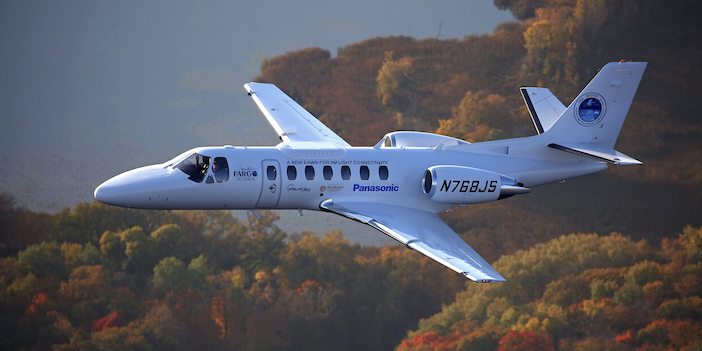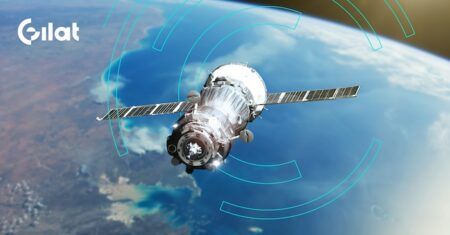Panasonic Avionics has announced the successful optimisation of its multi-orbit satellite network following switching between LEO and GEO networks in its flight test programme. Panasonic says the successful switching represents a major milestone in its flight test programme, validating the success of its multi-orbit network.
According to the company, test flights conducted over the Arctic region demonstrated the strength of LEO coverage over the poles, validating the performance of the network and terminals under extreme environmental conditions. Equatorial testing also demonstrated that Panasonic Avionics’ LEO service could operate seamlessly without interfering with GEO satellites.
The test programme also demonstrated the global coverage offered by Panasonic Avionics’ multi-orbit network, with capacity available everywhere from remote areas to densely populated zones. This coverage is built on an enterprise-grade LEO network from Eutelsat OneWeb, with sufficient bandwidth capacity for aviation, and a layered GEO network that has been built over several years and can place additional capacity wherever airlines need it most.
During the flight test programme, a range of different passenger connectivity scenarios were used to validate the strength and performance of the multi-orbit network, led by the low-latency benefit of LEO connectivity.
The scenarios included social media channels and media-rich websites, which the test team says were “highly responsive”, with loading times similar to those that passengers experience in their homes. Tests also included video streaming, with a near instant playback of 4K online content, as well as enterprise collaboration tools that feature video conferencing.
Antenna and network performance checks were also carried out, showing fast speeds and demonstrating the consistent low-latency performance of LEO connectivity. Forward link speeds were up to 193 Mbps, and return link speeds were 36 Mbps.
John Wade, vice president of connectivity at Panasonic Avionics, said of the tests: “The successful optimisation of our multi-orbit network is a major milestone, and one which demonstrates its readiness for commercial use. Working in close collaboration with our LEO provider Eutelsat OneWeb, our GEO satellite operators, and our antenna supplier SBS, we are focused on taking in-flight connectivity to new heights, and we are excited to see how the impact of our multi-orbit network helps shape the future of our sector.”





